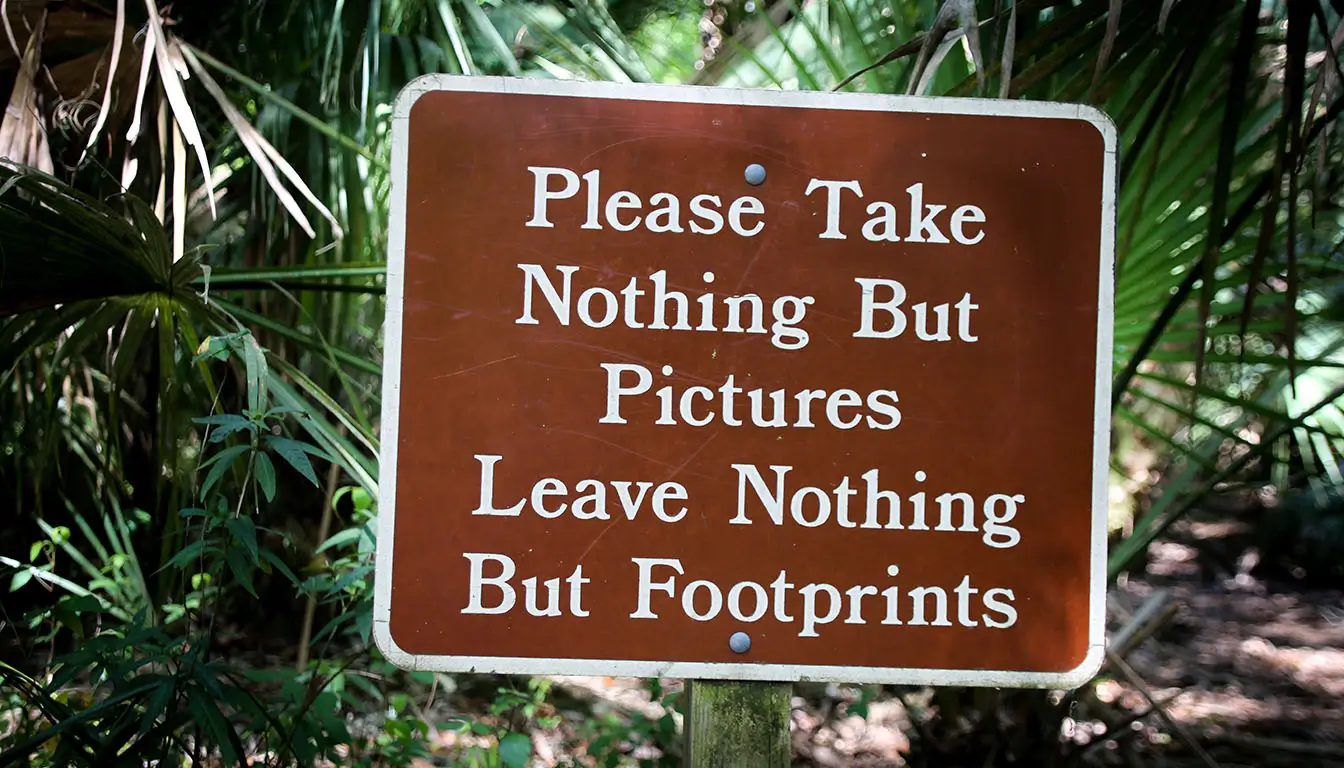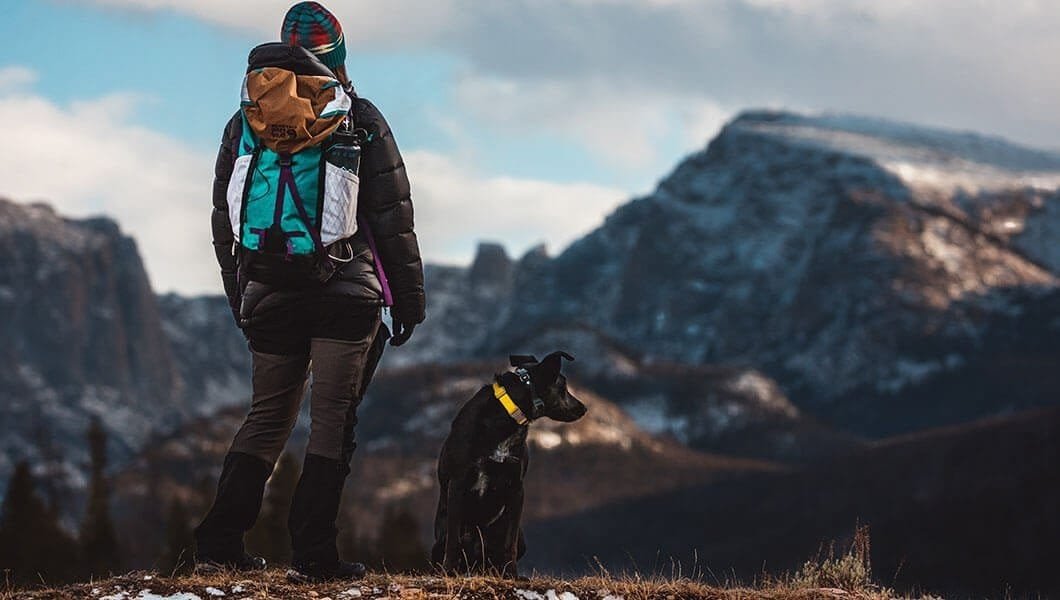Hiking For Beginners: How To Get Started
If you’re looking for a new way to stay active and connect with nature, hiking is a great option. Whether you’re a beginner or have some experience, there are plenty of trails out there to explore. However, if you’re new to hiking, it can be a little daunting to know where to begin. That’s where this beginner’s guide to hiking comes in.
In this article, we’ll cover the basics of hiking, including what gear you’ll need, how to choose a trail, and important safety guidelines to follow. We’ll also share some tips for beginners to help make your hiking experience as enjoyable as possible. By the end of this guide, you’ll have all the information you need to hit the trails with confidence.
Key Takeaways
- Hiking is a great way to stay active and connect with nature.
- Before you hit the trails, make sure you have the right gear and choose a trail that’s appropriate for your skill level.
- Follow important safety guidelines and leave no trace principles to help protect the environment.
Hiking Basics
If you are new to hiking, it is important to understand the basics before hitting the trails. This section will cover the two main aspects of hiking basics: Hiking Preparation and Hiking Skills Development.
Hiking Preparation
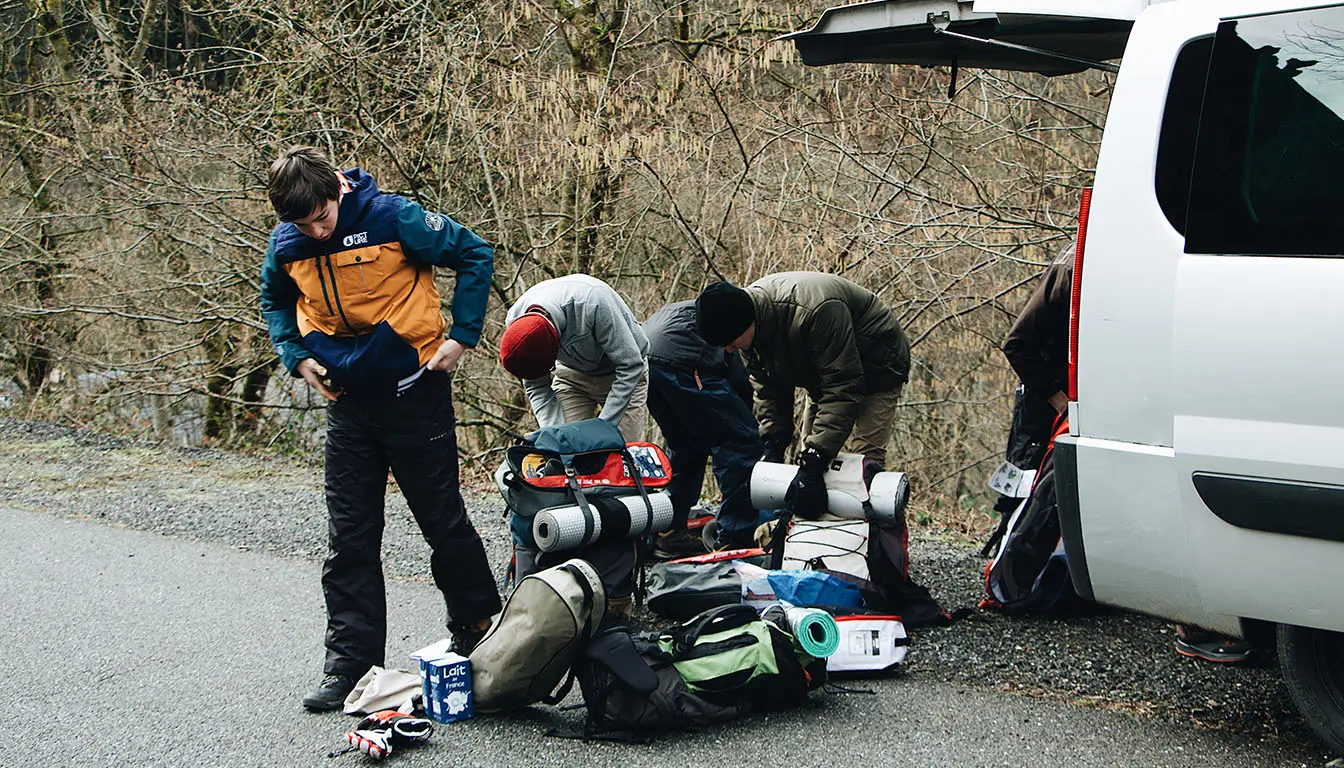
Before you go on a hike, it is important to prepare properly. This includes checking the weather forecast, researching the trail, and packing the necessary gear. Here are some tips for hiking preparation:
Check the weather forecast: Make sure to check the weather forecast before you go on a hike. You don’t want to get caught out if the weather should change for the worst.
- Research the trail: Research the trail you planning to hike is always a very good idea. This includes the distance, elevation gain, and difficulty level. You can find this information online or in hiking guidebooks.
- Pack the necessary gear: Make sure to pack the necessary gear for your hike. This includes a backpack, water bottles, snacks, a map, a compass, a first-aid kit, and appropriate clothing and footwear.
Hiking Skills Development
Hiking requires certain skills, such as navigation, pacing, and safety. Here are some tips for developing your hiking skills:
- Navigation: Learn how to read a map and use a compass. You can take a navigation course or practice on your own.
- Pacing: Pace yourself during the hike. Start slow and gradually increase your speed. Take breaks when needed.
- Safety: Learn basic first-aid skills and carry a first-aid kit. Also, be aware of potential hazards on the trail, such as wildlife and slippery rocks.
By following these hiking basics, you can ensure a safe and enjoyable hike. Always remember to honour and respect nature, ensuring you leave no trace of your presence.
Hiking Tips for Beginners
If you’re new to hiking, it can be a bit daunting to know where to start. But don’t worry, we’ve got you covered with some essential hiking tips for beginners. In this section, we’ll cover hiking techniques and how to start your outdoor fitness journey.
Hiking Techniques
Hiking is a great way to explore the outdoors, but it’s important to have some basic hiking techniques in mind before you hit the trails. Here are a few tips to get you started:
- Start slow: If you’re new to hiking, start with shorter trails and work your way up to longer ones. This will help you build up your endurance and avoid getting injured.
- Use proper footwear: Invest in a good pair of hiking shoes or boots that fit well and provide good support. This will reduce the likelihood of you experiencing blisters and other foot injuries.
- Use hiking poles: Hiking poles can help you maintain balance and reduce the impact on your knees and ankles. They’re especially helpful when hiking on steep or uneven terrain.
- Stay hydrated: Bring plenty of water with you and drink regularly throughout your hike. Insufficient hydration may result in weariness, headaches, and various health issues.
- Follow trail markers: Stick to marked trails and pay attention to signs and markers. This will help you stay on track and avoid getting lost.
Outdoor Fitness Journey
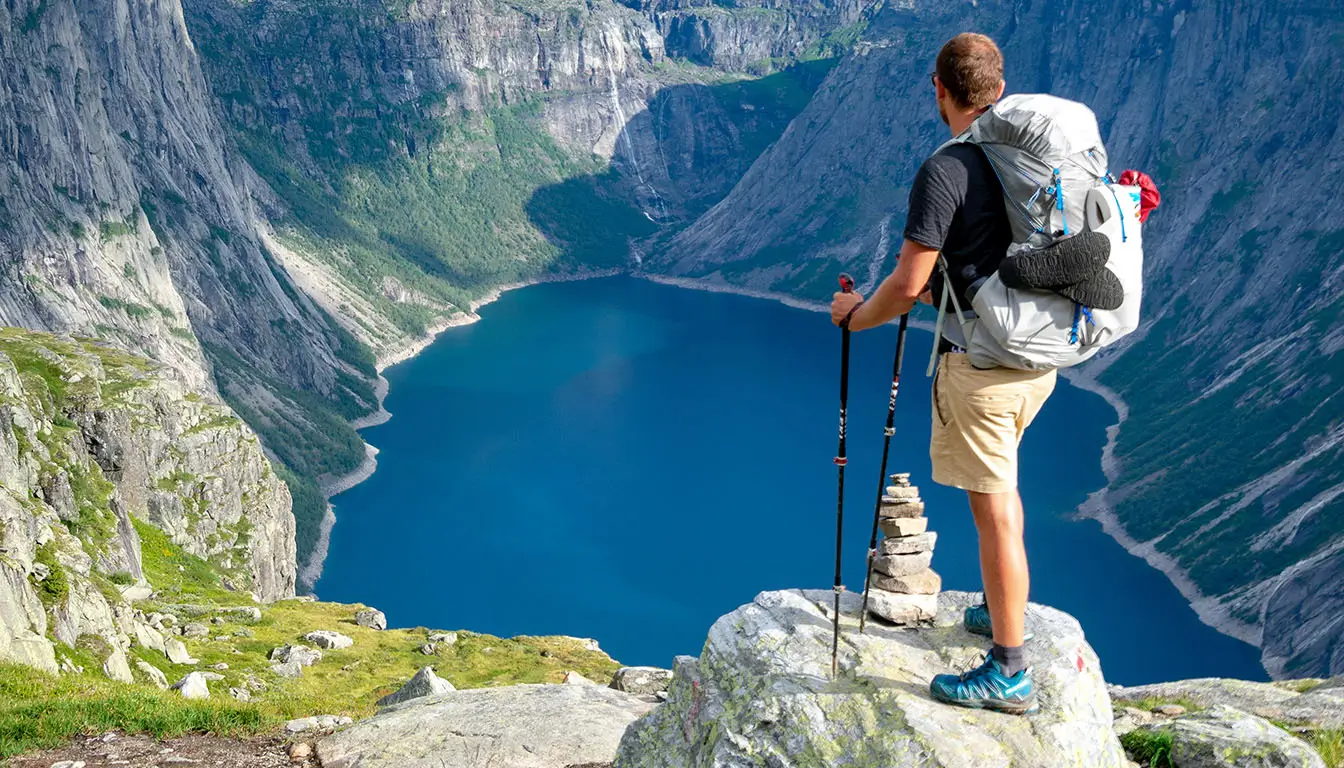
Hiking is a great way to get in shape and improve your overall fitness level. Here are a few tips to help you start your outdoor fitness journey:
- Set goals: Decide what you want to achieve and set realistic goals for yourself. This could be anything from hiking a certain distance to improving your overall fitness level.
- Create a plan: Develop a training plan that includes regular hikes and other forms of exercise. This will help you from deviating from the track and maintain your progress towards your goals.
- Join a group: Consider joining a hiking group or club. This can be a great way to meet new people, learn from experienced hikers, and stay motivated.
- Monitor Your Progress: Keep a record of your hikes and workouts. Doing so will allow you to track the distances you’ve covered and maintain the motivation to push forward.
- Enjoy the Journey: Above all, prioritize enjoyment! Hiking offers a fantastic opportunity to revel in the great outdoors, set personal challenges, and improve both your mental health and physical fitness levels.
Hiking Gear for Starters
When it comes to any activity, having the right gear can make all the difference and hiking is no different. However, as a beginner, you may not be sure what gear is necessary and what you can do without. Here are some essential items to consider when putting together your hiking gear:
Footwear
First and foremost, you need a decent pair of hiking shoes or boots. Your regular sneakers won’t cut it on the trails. Look for shoes with good ankle support and a sturdy sole that can handle uneven terrain. You may also want to consider waterproof shoes if you’ll be hiking in wet conditions.
Clothing
Wear layers to stay comfortable during your hike. Your first layer should be a moisture-wicking base layer to keep sweat away from your skin. Add a mid-layer for warmth and a waterproof outer layer to protect against rain and wind. Don’t forget to pack your cool shades and hat to protect your eyes and head from the sun.
Backpack
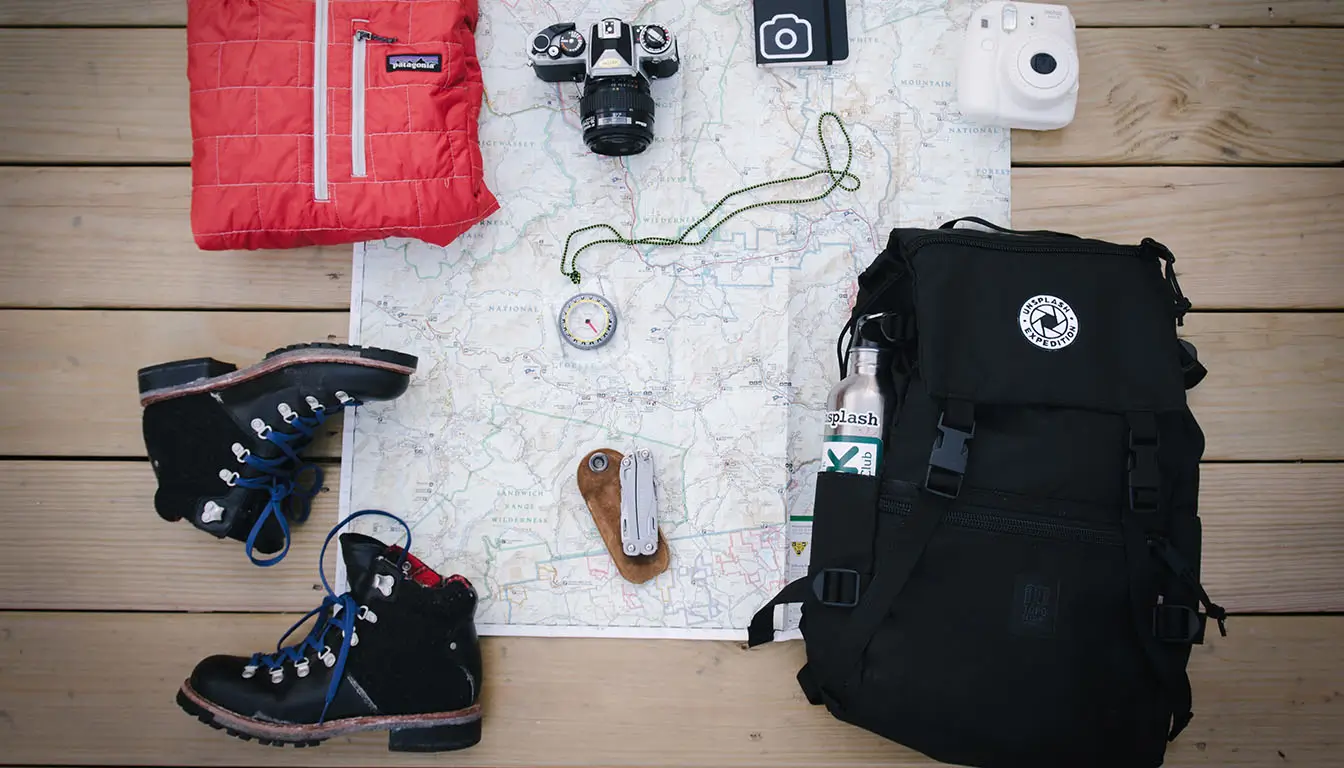
A backpack is essential for carrying all your gear on the trail. Choose a backpack with a capacity of around 20 liters. It should have padded straps and a waist belt for comfort, as well as multiple compartments to keep your gear organized.
Navigation
Even if you’re hiking on a well-marked trail, it’s a good idea to bring a map and compass or a GPS device. You certainly don’t want to get lost in the middle of nowhere! Make sure you know how to use your navigation tools before you hit the trail. I always carry a manual compass just in case my phone decides to pack up for any reason.
Water and Food
Take plenty of water with you to stay hydrated during your hike. A general rule of thumb is to drink at least 2 liters of water per day, but you may need more if you’re hiking in hot weather or at high altitudes. Pack snacks and meals that are easy to eat on the go, such as trail mix, energy bars, and sandwiches.
First Aid Kit
Accidents can and do happen, so it’s important to be prepared. Pack a basic first aid kit that includes bandages, gauze, antiseptic, and any prescription medications you need. It’s also a good idea to pack a torch and whistle in case you need to signal for help.
By having the right gear, you’ll be able to enjoy your hike to the fullest. Start with these essentials and add to your gear as you gain more experience on the trails.
Hiking Safety Guidelines
Hiking is a fun and rewarding activity, but it’s important to stay safe while you’re out on the trail. Here are some guidelines to follow to ensure a safe and enjoyable hiking experience:
1. Plan Ahead
Before you head out on your hike, make sure you have planned ahead. Check the weather forecast, and make sure you have appropriate clothing and gear for the conditions. Plan your route and let someone know where you’re going and when you expect to return. Bring a map and compass or GPS device, and make sure you know how to use them.
2. Stay on the Trail
It’s important to stay on the trail to avoid getting lost or damaging the environment. Don’t take shortcuts or create new trails, and don’t disturb plants or wildlife. If you need to step off the trail, do so carefully and make sure you can find your way back.
3. Pace Yourself
Hiking can be physically challenging so its important to pace yourself and pause for breaks when necessary and maintain a good hydration. if you are hiking with a group, check that everyone is ok with the pace.
4. Know Your Limits
We tend to exaggerate about our fitness level. Hiking will test you so be honest with yourself about your fitness level and hiking experience. Choose a trail that’s appropriate for your abilities, and don’t push yourself too hard. If you start to feel tired or uncomfortable, turn back or take a break.
5. Be Prepared for Emergencies
As mentioned above accidents can and do happen. So make sure you take a first aid kit with you, and that you know how to use it. If you’re hiking in a remote area, consider bringing a personal locator beacon or satellite messenger in case of emergency.
6. Follow Leave No Trace Principles
Leave No Trace is an outdoor ethics program that promotes responsible outdoor recreation. Follow the Leave No Trace principles to minimize your impact on the environment and preserve natural resources for future generations. Some key principles include packing out all trash, respecting wildlife, and staying on designated trails.
By following these hiking safety guidelines, you can ensure a safe and enjoyable hiking experience. Remember to always be prepared, stay on the trail, and respect the environment. Happy hiking!
Trail Selection
When it comes to hiking, one of the most important decisions you’ll make is choosing the right trail. Here are some tips to help you select a trail that’s right for you.
Beginner-Friendly Hikes
If you’re new to hiking, you’ll want to start with a trail that’s suitable for beginners. Look for hikes that are short, flat, and well-maintained. These hikes will help you get used to the experience of hiking and help you build your endurance. Some beginner-friendly hikes to consider include:
- Local parks
- Nature trails
- Easy hikes in national parks
Exploring Nature Trails
If you’re interested in exploring nature, there are many trails that will allow you to do just that. Look for hikes that take you through forests, along rivers, and up mountains. These hikes will allow you to see a variety of plants and animals, and enjoy the beauty of the natural world.
When exploring nature trails, it’s important to be aware of your surroundings and respect the environment. Here are some helpful tips to keep in mind:
- Stay on the trail
- Don’t disturb plants or animals
- Pack out all trash
- Leave the environment as you found it
By following these tips, you can help preserve the natural beauty of the trails you explore.
Overall, selecting the right trail is an important part of your hiking experience. By choosing a trail that’s suitable for your skill level and interests, you’ll be able to enjoy all that hiking has to offer.
Outdoor Adventure

Hiking is a great way to enjoy nature, get some exercise, and even challenge yourself.
One of the best things about hiking is that it can be tailored to your skill level. If you’re just starting out, you can choose an easy trail with a gentle incline. As you become more comfortable, you can tackle more challenging hikes with steeper inclines and longer distances.
It is also great for exploring places you’ve never visited before. You can find hiking trails in national parks, state parks, and even in your local community. Take a look at some hiking guides or websites to find trails near you that are suitable for your skill level.
But hiking isn’t the only outdoor adventure you can try. There are plenty of other activities that can get you outside and enjoying nature. Here are a few ideas:
- Camping: you can also spend a couple of nights in the great outdoors. Camping can be a fun and affordable way to get away from the city and enjoy some peace and quiet.
- Kayaking or Canoeing: If you live near a lake or river, consider renting a kayak or canoe. Paddling can be a great upper body workout, and it’s a peaceful way to explore the water.
- Rock Climbing: If you’re up for a challenge, try rock climbing. You can find indoor climbing gyms to get started, or look for outdoor climbing spots with a guide.
- Mountain Biking: If you’re looking for a thrill, try mountain biking. You can find trails with various difficulty levels, so you can start easy and work your way up.
No matter what outdoor adventure you choose, make sure you’re prepared. Dress appropriately for the weather, bring plenty of water and snacks, and make sure you have the necessary gear. And always let someone know where you are likely to get back.
Health and Fitness
Hiking is a great way to stay active and improve your overall health and fitness. Whether you’re a beginner or an experienced hiker, you can benefit from the physical activity and fresh air that hiking provides. Here are a couple of ways you can improve your health through hiking:
Cardiovascular Health
Hiking offers you an excellent cardiovascular workout, elevating your heart rate and promoting increased blood circulation, all of which contribute to enhancing your heart health. It can play a significant role in reducing your chances of developing heart disease, stroke, and other cardiovascular issues.
Weight Loss
Hiking is also a great way to burn calories and lose weight. Depending on your weight, the terrain, and the intensity of your hike, you can burn anywhere from 300 to 600 calories per hour. Plus, hiking is a low-impact exercise that is easier on your joints than running or other high-impact activities.
Strength and Endurance
Hiking is a great way to build strength and endurance in your legs, core, and upper body. Uphill hiking can help build leg muscles, while hiking with a backpack can help improve your core and upper body strength. Regular hiking can also help improve your overall endurance, making it easier to tackle longer and more challenging hikes.
Mental Health
Beyond the physical gains, keep in mind that hiking holds the potential to greatly influence your mental well-being. Embracing the outdoors has a proven track record of alleviating stress, enhancing your mood, and sharpening your cognitive abilities. Hiking can also provide a sense of accomplishment and help build confidence and self-esteem.
Overall, hiking is a great way to improve your health and fitness while enjoying the great outdoors. Just be sure to start slowly and gradually increase the intensity and duration of your hikes as your fitness level improves. And always remember to stay hydrated, wear appropriate clothing and footwear, and bring along any necessary gear and supplies.
Connecting with Nature

Hiking offers the chance to connect with nature, which is one of its most enjoyable features. Being surrounded by the natural world can be incredibly calming and refreshing, and can help you feel more connected to the world around you.
Here are some tips for connecting with nature while hiking:
- Slow down and be present: Take the time to notice your surroundings. Pay close attention to your surroundings’ sounds, sights, and smells. Take slow, deep breaths while concentrating on how the air feels entering and leaving your body.
- Engage your senses: Use all of your senses to fully experience your surroundings. Touch the bark of a tree, listen to the sound of a babbling brook, smell the wildflowers, and taste the sweetness of a ripe berry.
- Practice mindfulness: Mindfulness is the discipline of being entirely present in the moment. When hiking, try to focus your attention on the present moment, rather than getting lost in thoughts about the past or future.
- Leave your phone behind: Disconnecting from technology can be incredibly freeing. Consider leaving your phone behind or turning it off while you hike to minimize distractions and allow yourself to fully immerse in nature.
- Learn about the local flora and fauna: Take the time to learn about the plants and animals that live in the area you are hiking. This can help you appreciate the natural world around you and deepen your connection to it.
- By following these tips, you can deepen your connection with nature and make your hiking experience even more rewarding.
Leave No Trace Principles
Whether hiking or camping, it’s important to follow the Leave No Trace principles to minimize your impact on the environment and preserve the wilderness for future generations. These principles are a set of guidelines that help hikers and campers minimize their impact on the environment.
We’ve listed the seven ‘No Trace principles’ below:
- Plan ahead and prepare: Before you hit the trail, it’s essential to plan your hike and prepare for your journey. This entails learning about the trail and its conditions, monitoring the weather, and bringing the right supplies and equipment. You can use all the free tools on HiiKER to thoroughly plan your trek.
- Travel and camp on durable surfaces: When hiking, stay on the trail to avoid damaging the surrounding vegetation. When camping, choose a designated campsite to prevent damage to the surrounding area.
- Dispose of waste properly: Pack out all trash, leftover food, and litter. Trash shouldn’t be buried or burned since it attracts animals and takes a long time to decompose. Use established restroom facilities when available, or dig a small hole at least 200 feet from water sources to bury human waste.
- Leave what you find: Do not disturb plants, rocks, or other natural features. Leave them as you found them for others to experience.
- Minimize campfire impact: Use established fire rings or fire pans, or bring a portable stove for cooking. Do not build new fire rings or leave a fire unattended. Always make sure your fire is completely extinguished before leaving.
- Respect wildlife: Observe wildlife from a distance and do not approach or feed them. Store food and trash securely to prevent animals from getting into it.
- Be considerate of other visitors: Respect other hikers and campers by keeping noise levels down, yielding to others on the trail, and following established rules and regulations.
By following these Leave No Trace principles, you can help preserve the wilderness for future generations to enjoy.
Frequently Asked Questions
What are some essential items to bring on a beginner’s hike?
When going on a hike, it’s important to bring some essential items to ensure a safe and enjoyable experience. Some of these items include:
- Comfortable and sturdy shoes or boots
- A backpack to carry extra layers of clothing, snacks, and water
- Sunscreen and sunglasses
- Insect repellent
- A flashlight, whistle, compass, and a map or guidebook for the trail
- A first aid kit
How long should a beginner’s hike be?
An ideal beginner’s hike should be 3-6 hours long. This will give you enough time to enjoy the scenery and get some exercise without getting too tired or overwhelmed.
What are some safety tips for beginner hikers?
Safety is key when it comes to hiking. Here are some tips to bear in mind:
- Always tell someone where you’re going and when you are likely to be back
- Stay on the trails that are marked and follow any posted rules or regulations
- Take plenty of water with you and stay hydrated
- Dress appropriately for the weather and take extra layers in case the weather changes. The temperature can change quite quickly, especially at night.
- Watch your step and be aware of any potential hazards, such as loose rocks or slippery surfaces
- Respect wildlife, keep a safe distance and do not approach them
What are some benefits of hiking?
Hiking has many benefits, both physical and mental. Some of these benefits include:
- Improved cardiovascular health
- Increased strength and endurance
- Reduced stress and anxiety
- Improved mood and mental well-being
- Opportunities for socializing and connecting with nature
What type of shoes should a beginner wear for hiking?
When it comes to hiking shoes, it’s important to choose a pair that is comfortable, supportive, and sturdy. Look for shoes with good traction and ankle support, and make sure they fit well and are broken in before your hike. Trail running shoes or hiking boots are good options for beginners.
Where are some beginner-friendly hiking trails near me?
There are many beginner-friendly hiking trails all around the world. Some great resources for finding trails near you include:
- AllTrails
- Hiking Project
- National Park Service websites
- Local hiking clubs or organizations
Before heading out on a hike, be sure to research the trail and make sure it’s appropriate for your skill level.


